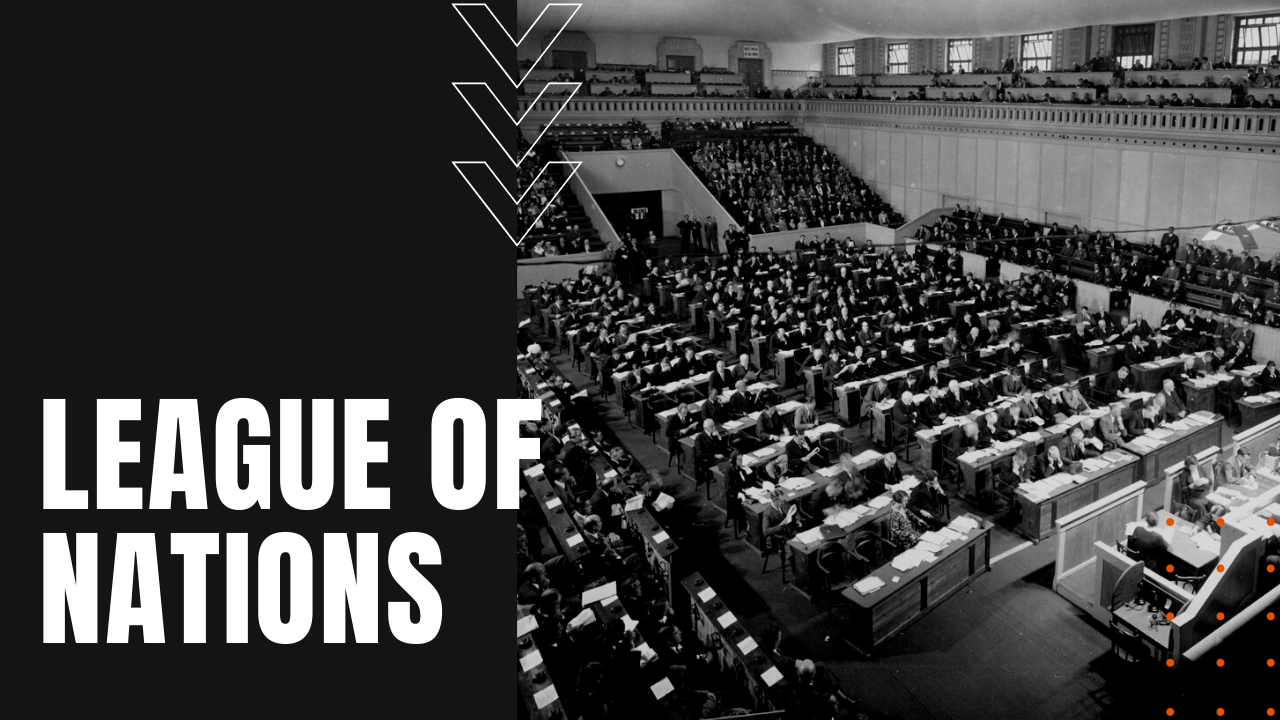League of Nations

After the horrors of World War One, the concept of a League of Nations was first envisioned in President Woodrow Wilson’s Fourteen Points speech regarding the post-war peace and reconstruction of Europe, and while the Big Four European members at the Paris Peace Conference rejected Wilson’s proposals as too idealistic and naive, upon his return to Washington after signing the Treaty of Versailles, Congress soundly rejected the notion of an international body to adjudicate disputes between nations, due to an overwhelming post-war isolationist sentiment.
What was the League of Nations?
The League of Nations formed anyway under the leadership of British Parliamentarian Lord Cecil, and by 1920, 48 nations had joined, with headquarters first in London before later moving to Geneva. At first the organization picked its dispute arbitrations with an air of caution, refusing to involve itself when Russia attacked a port in Persia in 1920, but as the league’s authority strengthened over time, from 1919 to 1935, the league intervened in disputes between fourteen-member and nonmember nations.
Early in its existence, the League of Nations devised the Geneva Protocol, which placed limits on the use of chemical and biological weapons in warfare. League members also created the World Disarmament Conference in the 1930s, which pushed for military disarmament in member states—including Germany as mandated by the Treaty of Versailles.
World Disarmament Conference of 1932
The World Disarmament Conference came to an early end after Adolf Hitler quit both the Conference and the League when he came to power in 1933. After Germany invaded Poland in 1939—igniting the Second World War—most League nations claimed neutrality, while other League nations quickly fell to Hitler’s invading Wehrmacht forces.
Switzerland soon grew nervous about hosting an organization widely perceived as siding with the Allied nations, forcing the League of Nations to abruptly shutter its doors and disband on a permanent basis. A little more than a month after VE-Day, the victorious Allied nations conceived of a broader international dispute and arbitration organization, formally chartering the United Nations on June 26th, 1945.
Today, The United Nations hosts 193 member states and two observer states, as it attempts to harmonize nations in the name of international cooperation.
